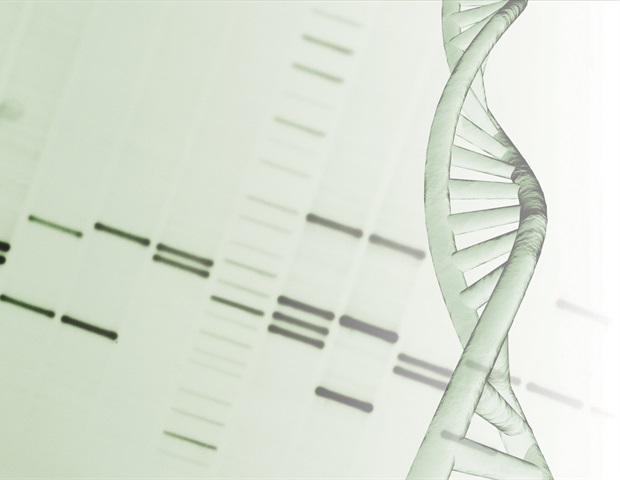Scientists from Delft, Vienna, and Lausanne discovered that the protein machines that shape our DNA can switch direction. Until now, researchers believed that these so-called SMC motors that make loops into DNA could move in one direction only. The discovery, which is published in Cell, is key to understanding how these motors shape our genome and regulate our genes.
Connecting DNA
“Sometimes, a cell needs to be quick in changing which genes should be expressed and which ones should be turned off, for example in response to food, alcohol or heat. To turn genes off and on, cells use Structural Maintenance of Chromosomes (SMC) motors that act like switches to connect different parts of DNA”, first author Roman Barth explains.
However, SMC machines don’t naturally know which parts to connect. They simply load somewhere on the DNA and start shaping it into a loop until they reach a point where they are forced to stop. That’s why they rely heavily on the ability to explore both sides of the DNA to find the right stop signs.”
Roman Barth, Delft University of Technology
Gearbox
Biophysicists at Delft University of Technology now found that SMC motors can switch direction, contrary to what was thought to be possible. “Our experiments show that SMCs momentarily pull DNA from one side, and then switch direction to pull DNA from the opposite side. By doing so, they can pull DNA into a loop from both sides over time. We found this to be true for all types of SMC motors, of which there are many”, Delft professor Cees Dekker, who supervised the research, says. “You can compare it to a gearbox in a car: With a manual gear stick you can let the car move forward or backward. We even identified the ‘gear lever’, protein subunit NIPBL, in the cohesin SMC motor protein.”
Impressive nanotechnology
To discover the reverse gear of SMC motors, the researchers used an advanced home-built microscope to look at single proteins on individual DNA molecules. That in itself is an impressive achievement, as Barth explains: “A single cell contains millions of proteins and the human body is made of trillions of cells. Pulling out a few proteins and being able to ‘watch’ them one by one is a remarkable feat of nanotechnology that involves imaging at a scale of nanometres – 100,000 smaller than the width of a human hair.”
Neurodegenerative diseases
“Once we understand how SMC molecular motors shape DNA, we may start asking what goes wrong in diseases like cancer and neurogenerative diseases, and importantly, how to correct it”, says Barth. “Neurogenerative diseases for example can be the result of misregulated genes during early stages of pregnancy. In fact, there are a couple of severe diseases, such as Cornelia de Lange syndrome, linked to SMCs, where the motors likely fail to switch correctly inside the cells of the embryo.”
Science in action
The study finally resolves the confusion in the scientific community about various contradictory theories on how SMCs work. Early research suggested that SMCs can strictly move in one direction only, while other research suggested that they pulled in DNA from both sides simultaneously. The discovery resolves these controversies. Barth: “Having found commonalities among SMC motors helps to focus and streamline the SMC research field. We don’t have to look for a new mechanism for every individual type of SMC protein anymore. It will also accelerate the field towards applied science. I would be glad to see this knowledge move into pharma companies, hospitals, and eventually doctors’ offices.”
Source:
Journal reference:
Barth, R., et al. (2025) SMC motor proteins extrude DNA asymmetrically and can switch directions. Cell. doi.org/10.1016/j.cell.2024.12.020.
Source link : News-Medica

